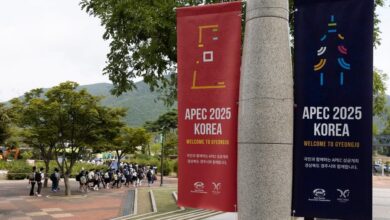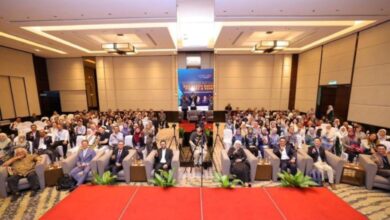China: modernisation of education
(—the thirteenth part of the “China in the past decade” series) Education is crucial for China.

Since the 18th National Congress of the Communist Party of China (CPC), General Secretary Xi Jinping has put forward a series of new concepts, new ideas and new strategies around the fundamental issues of what kind of citizens we should be cultivating, and how and for whom we are cultivating citizens. These important instructions on education, made by General Secretary Xi Jinping, has pointed out the direction and provided fundamental guidelines for the development of education in China in the new era.
Over the past 10 years, under the strong leadership of the CPC Central Committee and the State Council, the education sector has fully implemented the Party’s education policy, carried out the fundamental mission of fostering virtue, nurtured a new generation of capable young people who have a good and all-round grounding in moral, intellectual, physical and aesthetic aspects, and are well-prepared to join the socialist cause.
The education sector has been promoting education equality, improving the quality of education, and accelerating the modernization of education, so as to build a country strong in education and to provide education that our people are satisfied with. Education in China has displayed more characteristic features and made historic achievements, and is undergoing structural changes.
I. In the past decade, universal education has expanded remarkably, better guaranteeing people’s access to education and effectively alleviating this pressing problem that is of the greatest concern to the people. At present, China has nearly 530,000 schools of various levels and categories, with over 290 million students currently receiving education. The gross enrollment ratio for preschool education reaches 88.1%, up 23.6 percentage points compared with 10 years ago.
Following its full coverage nationwide, the retention rate of nine-year compulsory education hits 95.4%, an increase of 3.6 percentage points compared with 10 years ago. The gross enrollment ratios for senior secondary education and higher education climb to 91.4% and 57.8%, up 6.4 percentage points and 27.8 percentage points, respectively. The coverage of education in China has either reached or surpassed the average levels of middle- and high-income countries in the world. Specifically, preschool education and compulsory education have reached the average level of high-income countries, and higher education is becoming universal. The average schooling years of the working-age population reach 10.9 years.
All the 200,000 dropouts from compulsory education have returned to school, which means that the long-standing student dropout problem has been solved, making an important contribution to build a moderately prosperous society in all respects. All 2,895 counties across China have passed education inspections, and 99.8% of primary and secondary schools have met the 20 bottom line requirements for running a school.
Schools have undergone fundamental changes, and the country has achieved new progress in promoting balanced and integrated development of compulsory education in urban and rural areas.
The country’s financial aid system for students has covered all educational stages, making nearly 1.3 billion payments over the past 10 years. China has continued to implement special plans for key colleges and universities to admit students from rural and poverty-stricken areas, enrolling a total of more than 950,000 students. All counties with a population of more than 300,000 have special education schools, and over 95% of children with disabilities are enrolled in compulsory education.
II. In the past decade, the educational service capacity has been steadily improved, providing a strong source of talent and intellectual support for the implementation of major national strategies and socioeconomic development. Over 218 million Chinese have a college degree, a substantial growth from a decade ago.
China has implemented a training plan for cultivating outstanding talent in foundational disciplines, deepened the reform of master and doctoral degree programs in engineering, strengthened innovation and entrepreneurship education for college students, and accelerated the training of urgently needed talent.
China has optimized forms of vocational education, promoted the integration of vocational and general education, and deepened the integration of production and education. Secondary and higher vocational schools (excluding technical schools) have cultivated more than 79 million graduates in the past 10 years. China has steadily advanced the development of world-class universities and disciplines. Several disciplines have been placed among the world’s top ranks.
To read more : Business Recoder




